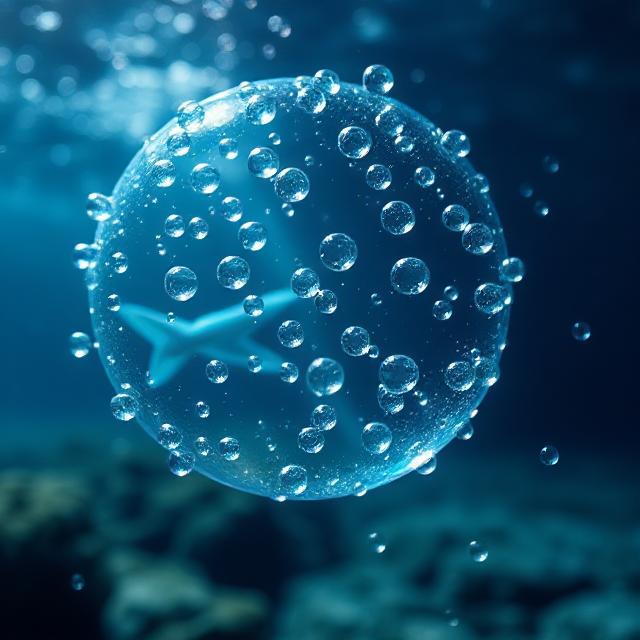Imagine raising healthier fish, using less energy, and keeping water cleaner – all with the help of invisible bubbles. While this might sound like science fiction, it’s already becoming reality through nanobubble technology in aquaculture. These microscopic gas bubbles are reshaping how fish farms operate and helping solve long-standing challenges in the industry.
At the heart of this innovation is a deceptively simple concept: inject water with gas bubbles smaller than 200 nanometers. But what makes them different from traditional aeration systems? Their size. Nanobubbles are so small that they remain suspended in water for long periods, allowing for prolonged oxygen transfer and deep penetration into water bodies, unlike conventional systems where bubbles rise quickly and escape into the air.
Aquaculture systems, especially recirculating ones, rely heavily on maintaining optimal water quality. Oxygen levels, pH balance, and pathogen control all play critical roles in ensuring the survival and growth of aquatic species. Here, nanobubbles step in with multiple benefits. By increasing dissolved oxygen levels more efficiently, they reduce fish stress, improve feed conversion ratios, and support faster growth cycles.
Moreover, these tiny bubbles do more than deliver oxygen. When they collapse, they create localized energy that can damage harmful microorganisms – a natural disinfection process without the need for chemicals. This antimicrobial action is a game changer for fish health and disease control. It not only reduces dependency on antibiotics but also minimizes the environmental impact of aquaculture practices.
The environmental advantages are significant. Traditional methods of aeration or chemical treatment often leave behind residues or require more energy. With nanobubble technology in aquaculture, the energy input is lower and the results more effective. Cleaner water, fewer pathogens, and lower mortality rates make this an attractive option for commercial fish farmers aiming for sustainability.
One of the most exciting developments is the use of this approach in hatcheries. Early life stages of fish and shrimp are particularly sensitive to water quality. Maintaining stable conditions using nanobubbles helps boost larval survival rates, giving farms a stronger start and more predictable yields.
Beyond improving operational efficiency, nanobubbles are also aiding environmental compliance. Regulatory standards for water discharge and chemical use are tightening around the globe. As the industry grows, adopting cleaner, more efficient technologies isn’t just a bonus – it’s becoming a necessity.
Several commercial farms across Asia, Europe, and North America have already integrated this system into daily operations. Early adopters report clearer water, lower sludge buildup, and healthier stock – often with reduced operating costs. The return on investment is clear, especially when the long-term savings from improved survival rates and disease control are factored in.
In closing, while aquaculture continues to be one of the fastest-growing food sectors worldwide, innovation is the key to its future. Nanobubble technology in aquaculture represents not just an upgrade, but a leap forward in how we think about oxygenation, sanitation, and sustainable farming. It’s a small solution with deep impact – quietly bubbling beneath the surface of modern aquaculture.


